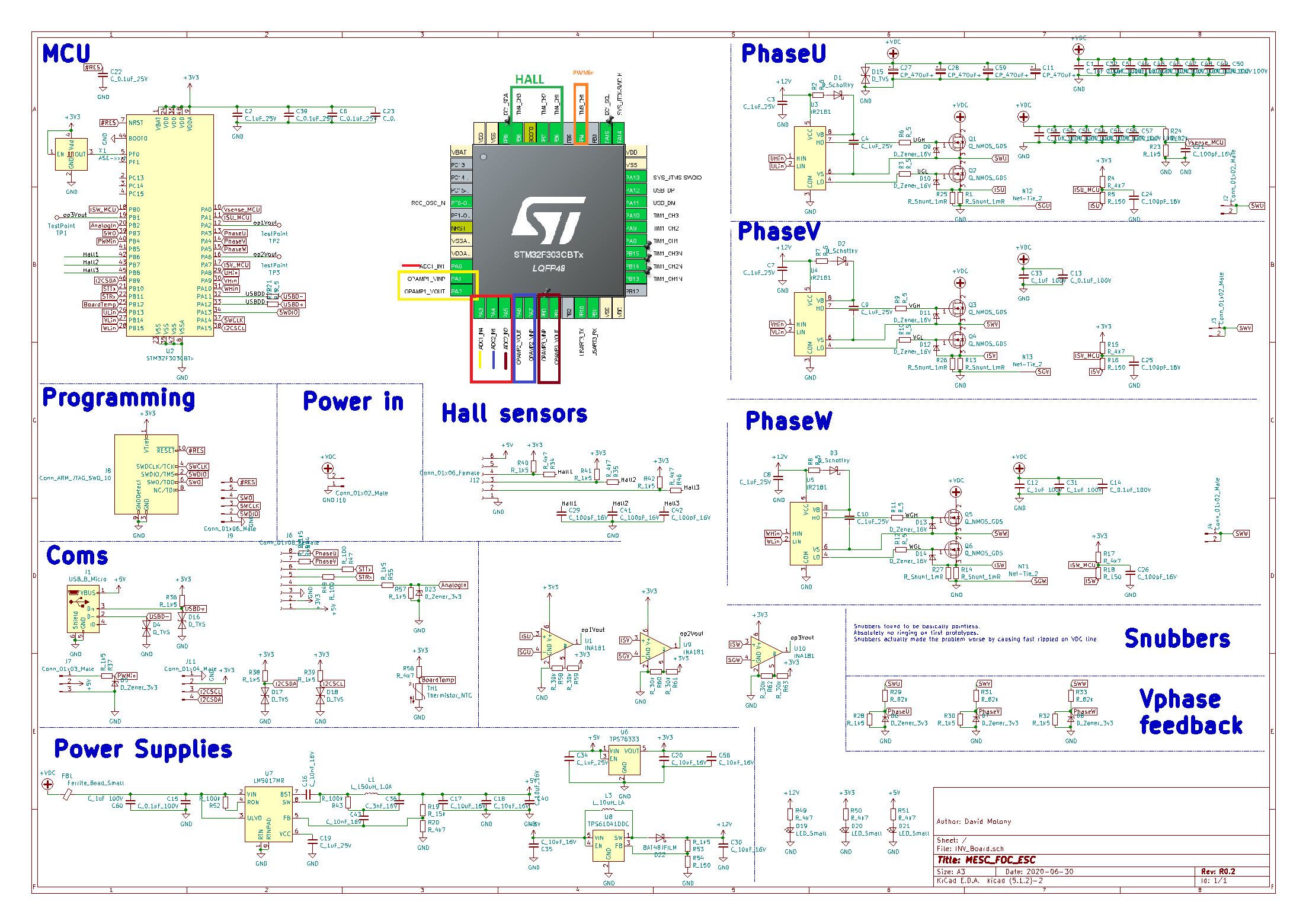I have an STM32L433, fresh from RS components. I soldered it to my board. PA6 is connected to the output of an opamp - INA181A1.
There are another 2 INA opamps on the board, connected to other pins.
I have now had 2 INA181s die (actually I am not sure they died, since I unsoldered the first and replaced it assunming it was broken... the second I unsoldered just the output leg and may have damaged it mechanically...). The board is not even programmed yet. There is actually not yet even a programming header...
The net between the opamp and the MCU is pulled high. If I hold the MCU in reset state (connect the debug header nRES to ground) the opamp-MCU net floats. As soon as I release the reset pin, it pulls high.
The other 2 channels to not do this! The other 2 channels behave exactly as expected!
There is no board error. There is >500kOhms between the net and ground/3v3 when not powered - this pull IS coming through the MCU. I observe there is ~50mA extra drawn from my power supply between when the MCU is held in reset and when reset is released.
Are my new chips pre programmed???am I missing some line in the datasheet/reference that says "PA6 will pull high when new"?
The boards were supplied without MCU and opamps and gate drivers. I have populated them myself. I have built 2 boards with F303CB chips, which work fine, using internal opamps, and 1 with L433CC. The pinout appears to be the same in terms of power, boot0 etc.
The schematics can be seen in https://github.com/davidmolony/MESC_FOC_ESC/tree/Rearrange_Vin - this is an open source EBike controller I work on in the evenings. I have been riding around with the F303CB version, pushing ~80phase amps and getting up to ~40km/h, so the board DOES work.
Edit:
Schematic  Offending opamp is op2, U9
Offending opamp is op2, U9
